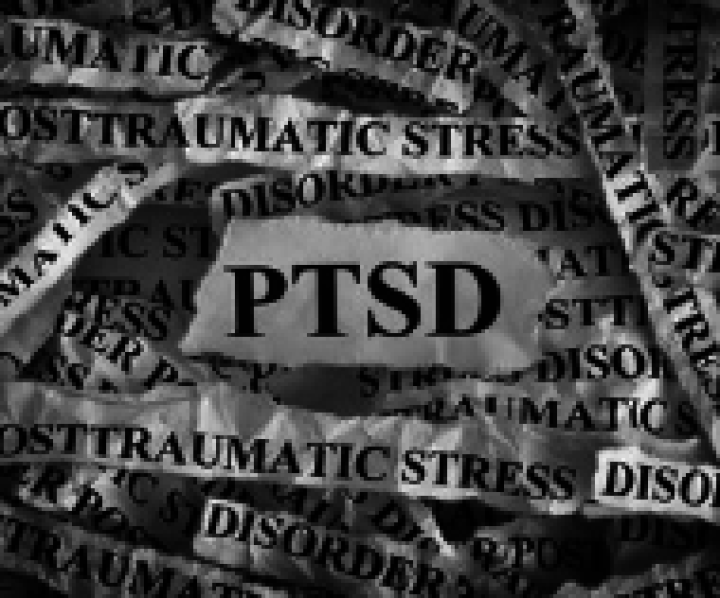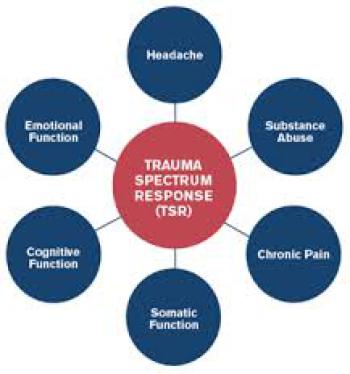Acute Stress Reaction
Acute stress disorder (ASD) is a trauma- and stressor-related disorder characterized by intrusive memories, negative mood, dissociation, avoidance, and/or hyperarousal experienced during the first month after a potentially traumatic event. ASD was added to the Diagnostic and Statistical Manual of Mental Disorders (DSM-IV) in 1994 to describe and classify symptoms occurring in the early post-trauma period and to identify people at risk for developing posttraumatic stress disorder (PTSD). The rate of ASD following a potentially traumatic event varies from as low as 1% in victims of mixed trauma to as high as 59% in sexual assault victims. Victims of violent crime are at the highest risk for ASD; other risk factors include female gender, younger age, lower socioeconomic status, and traumatic experiences of longer duration. ASD often co-occurs with depression, anxiety disorders, and substance use disorders.
Acute Stress Disorder
Acute stress disorder exhibits symptoms that last from three days to one month following exposure to one or more traumatic events. Symptoms develop after an individual sees or experiences an event involving a threat or actual death, serious injury, or physical violation to the individual or others.
The diagnosis was created to identify those individuals who would eventually develop post-traumatic stress disorder. This condition was referred to as "shell shock" as far back as World War I.
More recently, acute stress disorder came to light as it became clear that people might exhibit PTSD-like symptoms for a short period immediately after a trauma.










